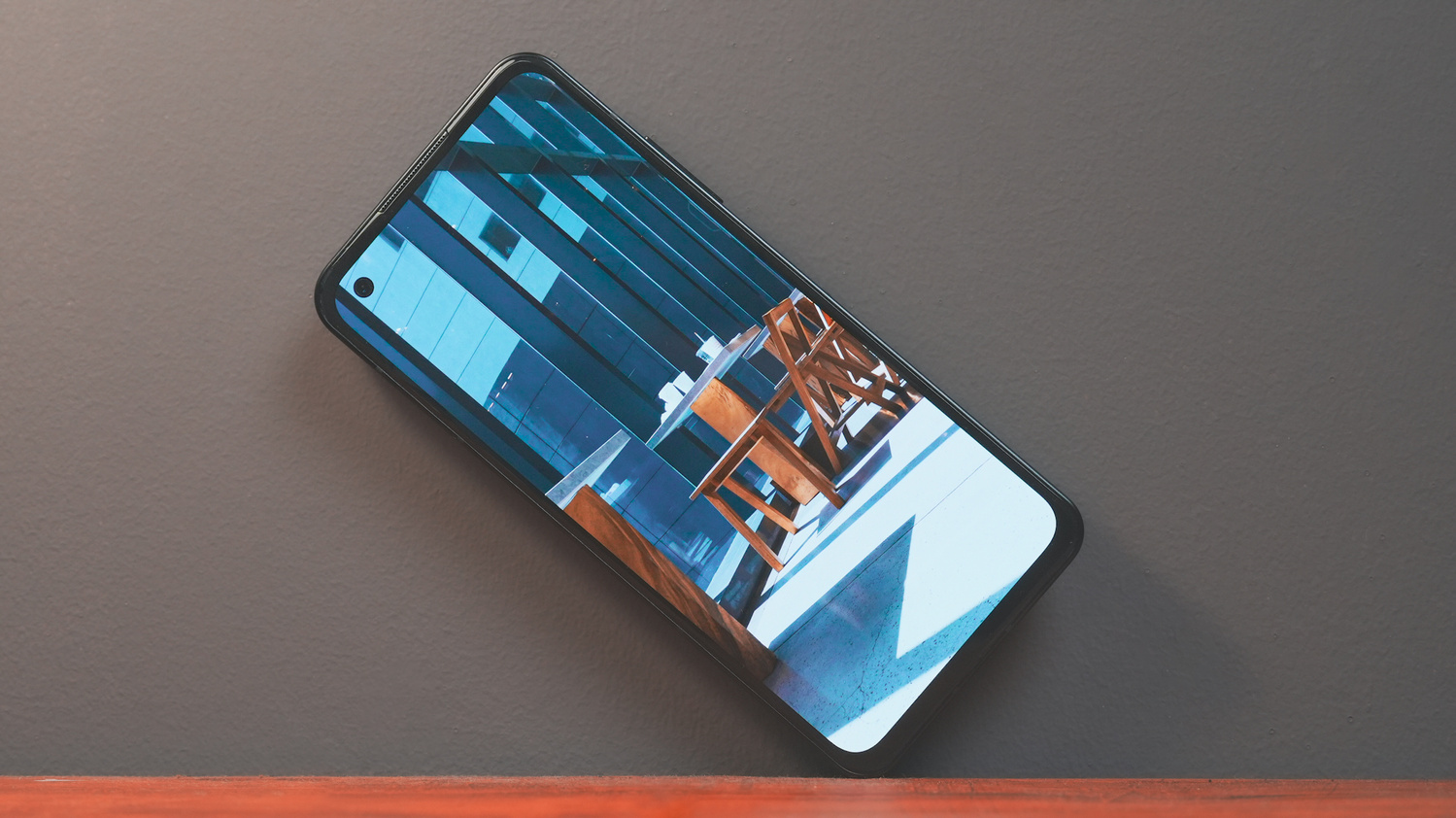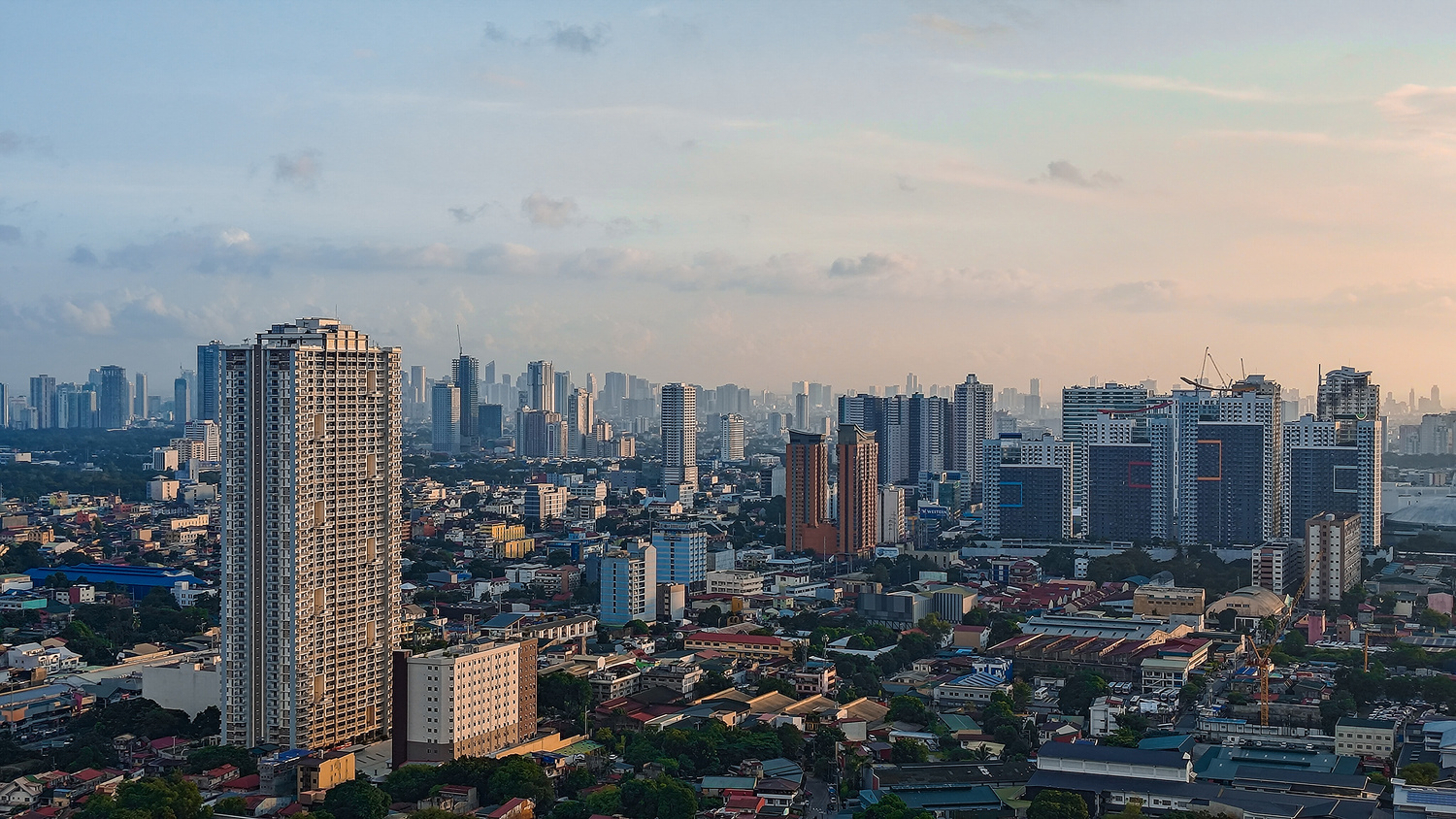Smartphone cameras have evolved in the past decade from merely being tools for documentation to being actual devices that can be used for art. With most smartphones getting bigger, what does this small phone actually have to offer?
No matter what kind of photography you do and your level of expertise, having a capable smartphone camera is a great way to keep yourself creative and inspired every day. Smartphone cameras are made to be portable and most of the time, are already in our hands, but they often have inevitable optical limitations that every smartphone manufacturer has been trying to surpass. At the end of the day, it is how the cameras on smartphones can make the creative process as simple and casual as possible but still deliver the best achievable quality of images that make them great tools for both casual photographers and even serious hobbyists. The ASUS Zenfone 10 was designed to be a small and easy-on-the-hands smartphone for users who would prefer it over large and often oversized screens. However, its size definitely does not represent its capabilities both as a productivity tool and a portable creative outlet.
Build and Design
The ASUS Zenfone 10 comes as a 68.1 mm x 146.5 mm slate with a width of 9.4 mm and weighs 172 grams. The front panel is almost entirely occupied by the 5.92” FHD+ AMOLED screen with a maximum brightness of 1,100 nits covered in Corning Gorilla Glass Victus and a small 4 mm hole for the front-facing camera. On the right side are volume buttons followed by a multi-function power button with a built-in fingerprint sensor for instant unlock when pressed with a registered finger (ideally the right thumb). At the bottom is a USB type-C port for charging and data, to its right is an accessory port for phone straps, while the Nano-SIM card slot is on the left.

The back is covered by a matte hard plastic surface that come in “Midnight” Black, “Starry” Blue, “Aurora” Green, “Eclipse” Red, and “Comet” White. This matte rear panel surface provides a unique yet comfortable grip experience compared to usual glossy glass panels found on most smartphones. On the top left corner are two 2 cm circular camera modules along with a small circular flash on the side.

Technical Specifications
The Zenfone 10 is equipped with a Snapdragon 8 Gen 2 processor and comes in three variants that differ in memory and storage combinations. The base variant comes with 8 GB of RAM and a 128 GB storage, the middle variant comes with 8 GB of RAM and 256 GB of storage, and the top-tier variant comes with 16 GB of RAM and 512 GB of built-in storage. There is, however, no removable memory card slot on any of the variants.
This small smartphone runs on a 4,300mAh battery that is capable of up to 30 W wired fast charging and 15 W Qi wireless charging. Alongside this, the Zenfone 10 is equipped with Wi-Fi 7 technology, Bluetooth 5.3, NFC, a Gyro sensor, an ambient light sensor, and a 3.5mm TRRS (headphone) port.
User Experience
The focus of the ASUS Zenfone 10’s design is providing a smartphone that can be comfortably held and operated with one hand. At the onset, turning the phone on and instantly unlocking the screen with the fingerprint sensor provides a seamless and hassle-free experience. Right-handed users ideally will have to use their right thumb as the registered fingerprint, while left-handed users technically can use any of the four fingers on the right side of the phone.

The phone runs Android 13 on a Qualcomm Snapdragon 8 Gen 2 Octa-core processor and Adreno 740 GPU. This particular variant has a 16 GB RAM and 512 GB storage, which has provided more than enough processing capabilities for day-to-day communications and social media usage as well as photo editing on Adobe Lightroom mobile and video editing on Adobe Premiere Rush. For such use, the phone’s battery has lasted remarkably long, with even extra battery life by the end of the day.
Cameras

The main camera is a 50-megapixel 1/1.56” sensor camera with an aperture of f/1.9 and has a built-in hybrid gimbal stabilizer inside the camera module that physically moves to hold and maintain camera position against unintentional movement from handheld shooting. The secondary camera is a 13-megapixel ultra-wide angle camera with an aperture of f/2.2 and roughly the equivalent perspective of a 12mm lens on a 35mm sensor. The front camera uses a 32-megapixel R GBW sensor for better low-light performance.
Photography Experience

Photography with the Zenfone 10 seems like it was absolutely intended by the brand to bring most of the things that a serious smartphone photographer would want to do into its capabilities and make it as hassle-free as possible to do so.
 The native camera application offers the usual standard photo and video modes, portrait mode with manual depth of field simulation options, time-lapse, and slow motion video. At the same time, it offers a dedicated night photography mode along with full manual photo and video modes for absolute control of exposure settings.
The native camera application offers the usual standard photo and video modes, portrait mode with manual depth of field simulation options, time-lapse, and slow motion video. At the same time, it offers a dedicated night photography mode along with full manual photo and video modes for absolute control of exposure settings.

However, the unique aspect of the user experience in smartphone photography with this phone is perhaps brought about by two factors, which are the AI processing and the hybrid gimbal. When using the basic photo mode, the AI Object Sense feature identifies the kind of subject or environment being photographed and identifies challenges in the lighting scenario. Given this information, it is able to adjust the exposure (and color) separately among the segments to achieve better balanced and detailed exposures.

In terms of using a bit more advanced effects, the “light trails” mode uses the camera’s gimbal to try and keep the camera steady to simulate a long exposure shot. However, instead of taking an actual long exposure that would be more prone to shake and might need an ND filter, the camera takes multiple exposures and automatically stacks them together to create a similar effect. There are various modes for traffic trails, waterfalls, and even stars that vary in the duration of the sequence.

Aside from the user experience, it was quite remarkable to see simply the level of detail that the main camera is able to deliver. While it will still have limitations in low-light situations (simply because of the compact sensor size), when shooting with enough available light, the output can be quite impressive. Using the Pro camera mode also offers a raw DNG output, which offers considerably more flexibility when it comes to details.
Video Experience

The Pro video mode on the Zenfone 10 has quite a number of options to offer. It can shoot as big as 8K at 24p, 4K at 24p or 60p, and FHD at 30p or 60p. It also allows full control of adjustable exposure settings through shutter speed, ISO, or the EV compensation shift. However, what truly makes this a convenient video camera is how the gimbal works both physically and electronically to keep the footage as steady as possible amidst any motion. When recording at FHD, you have the option to use “Adaptive Stabilization,” which detects how much movement is happening to the camera to determine whether it will have to crop the image to stabilize the footage or alternatively, the “HyperSteady” mode does a straightforward crop of about 20% of the image to prioritize keeping the footage smooth while also making smooth pan adjustments within the field of view to simulate how a gimbal pans and tilts when dealing with a lot of motion.
Conclusion

The Zenfone 10’s camera features bring together extended photography and videography capabilities, while still keeping the shooting process and the user experience as casual as possible. Smartphone cameras (in my opinion) are meant to keep photography as convenient and casual as possible, while still aiming to provide more options that will allow the owner to use it as a creative tool. With the combination of good processing algorithms and unique camera capabilities, the Zenfone 10 keeps smartphone photography fun and simple while giving the mobile photographer more room to be creative.
What I Liked
- Big processing features in a small device
- AI functions for better exposure and stabilization
- Hybrid gimbal for steady shooting
What Can Be Improved
- A possible variant with a telephoto camera
- Physical customizable buttons on the empty left side






One of the main issues with smartphone cameras, is the processing. Since even with the highest end models from even brands like Google and Apple fail to deliver even on 12 megapixels without the lens acting as an OLPF, many smartphone makers do tons of edge enhancement, paired with strong noise reduction since even at the base ISO the raw files tend to have high amounts of noise, that all ultimately leans to a near oil painting effect when zoomed in 1:1.
Sadly there is no telling if this smartphone suffers from the same issues since the images were scaled down to less than 1 megapixel, though I have yet to see a smartphone that doesn't do that, and opts to instead not over-process the fine details.